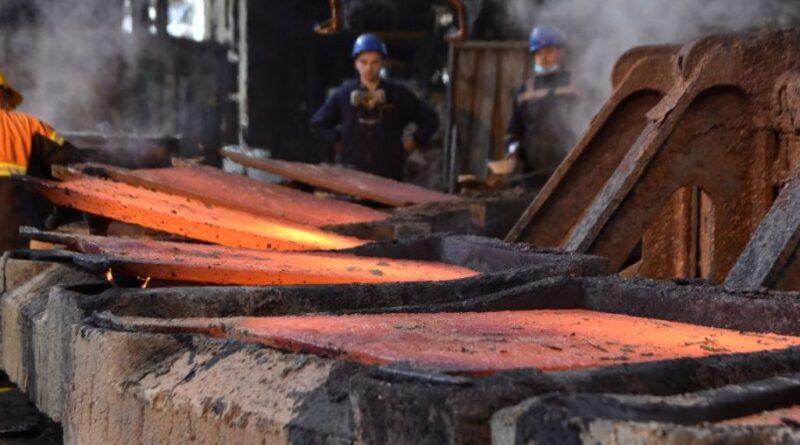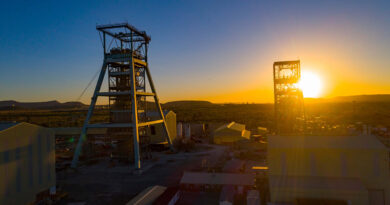Hydrogen the key to greener smelting and refining
In the metals and mining industry, the top contributors to CO2 emissions are smelting and refining processes. To date, much of the industry’s decarbonisation efforts have been focused on electrification. However, we’re starting to see a shift towards hydrogen as a replacement for fossil fuels in metallurgical processes.
The emissions gap in metallurgical processes
The smelting and refining processes that produce key metals account for a significant amount of greenhouse gases (GHGs). Together, steel, aluminium, copper, and zinc make up nearly 9.5% of global emissions.
The iron and steel industry is currently the highest emitter of GHGs amongst metals, contributing 7.0% of total global emissions. The aluminium sector is responsible for 2.0%, whereas copper and zinc account for 0.2% and 0.1%.
Given the range of differences between the higher and the lower 10% emitters in these emissions, it’s clear that each production value chain requires a unique approach to decarbonisation.
The need to transition from fossil fuels
Our report finds that iron and steel production accounts for 93% of GHGs in the metals and mining industry due to the use of coal in metallurgical reactions. By contrast, the production of non-ferrous metals accounts for 62% of emissions due to the onsite fuel mix in power plants or grid electricity.
Despite the need to decarbonise these processes, at present, most global efforts are focused on electrical consumption targets. In turn, fossil fuel emissions in the non-ferrous industry especially, remain largely unaddressed.
As such, there’s a clear need for organisations to look beyond green electricity measures and to also focus on technological innovations that address the wider power generation mix.
Hydrogen has the potential to play a key role in iron and steel decarbonisation and to contribute in part, to the decarbonisation of non-ferrous value chains. Moving forward, organisations need to take a strategic viewpoint on its inclusion in energy mixes and its use as an alternative fuel in metallurgic processes.
However, for hydrogen to be incorporated into metal and mining production chains, more research, collaboration and policy backing is needed. The progress of green hydrogen projects like Hydro’s Navarra, Aurubis’ trials, and Rio Tinto’s projects are promising and will undoubtedly provide positive results and learning points alike.




